DIY Projects That Kill Home Value
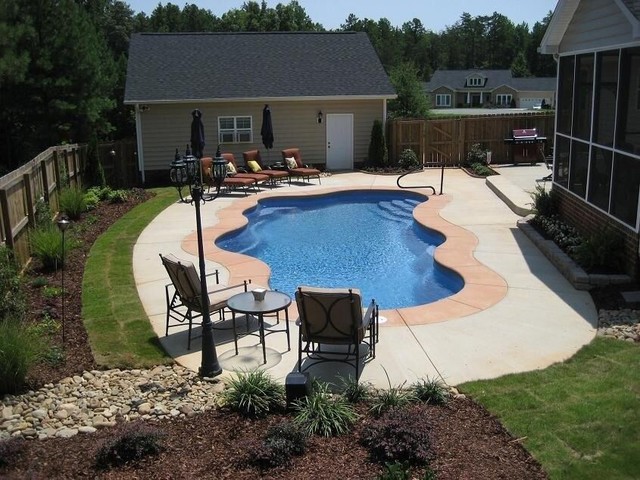
U.S. Homeowners spent about $420 billion in 2020 on remodeling their homes, according to the National Association of REALTORS® 2022 Remodeling Impact Report, but not every home renovation project will increase the resale value of a home. Weekend TV lineups are filled with Do-It-Yourself home improvement programs. Sometimes they're even referred to as "six-pack projects". While not all DIY projects end in disaster, some projects can harm home sales because buyers see these "improvements" as changes they will need to make once they buy the house. If you are planning to sell soon, it's important to realize that potential buyers may not be as impressed with your handiwork as you are.
Below are a few examples of "Home Value Killers"
Garage Conversion
Most home owners spend about $5000-$20,000 to convert a garage into livable space, according to home services directors and information company Angi, but this renovation doesn't typically add value to a home. Home buyers love the extra square footage, but they usually dont want it in the garage. Most buyers will plan to "unconvert" that game room back to space for their cars and additional storage.
Pools & Hot tubs
Contrary to popular belief, a swimming pool is not the best way to add value to your home. Unless you live somewhere that's hot for a majority of the year, a swimming pool won't add much, if any, value to your home. The average cost to build a pool is around $35,000, according to HomeAdvisor, but that doesn't factor in the cost of ongoing maintenance, which can range from $500 to $4,000 per year, and the potental increase to your homeowners insurance policy for increased liability. At the very most, a pool could increase your home's value by about 7%, according to home improvement advice site Houselogic.
Similarily to swimming pools, hot tubs are a gamble - they take up space and require constant maintenance. Plus, homebuyers with children might consider the cost of completely removing the hot tub when making an offer OR request the sellers to do so before closing.
DIY Repairs
Always think twice before getting into the do-it-yourself home improvement game. As a real estate agent, I see many homes that you can just TELL that the owner did their own work and repairs. Yes, this can be a great way to save money and still get the job done, but even simple home improvement projects can go wrong. You know what they say, "a jack of all trades, is a master of none".
The bottom line is that any over-personalization of your home can lead to a decrease in value. Yes, you want to live in a space you love, but think twice before investing in any major or constly renovations - especially ones you plan to do yourself. AND always make sure your home improvements are completed with the proper permits by licensed professionals.
Built in Electronics
An in-house theatre is perfect for any movie buff, but built-in or customised electronics that take up space in an otherwise usable room could be off-putting to potential buyers. Not to mention electronics can (and usually will) become outdated/obsolete. Have you ever seen a "smart house" from 1970? A built in fax machine in the wall? Yeah, at the time they could have been the top of the line, but decades down the road, they might not be. As with all home renovations, personalization can lead to a decrease in home value, and built-in technology that can quickly outdated or obsolete is no exception.
Too Much Wallpaper or Carpet
Wallpaper is making a comeback, but a pattern and color scheme that you love may not appeal to a majority of buyers. On average, installing wallpaper costs homeowners $800-$1,200 but most spend about $1,000 for a 12 ft by 18 ft room with standard vinyl wallpaper, according to home improvement information site Fixr. However, this cost likely won't be recovered when it comes time to sell. Plus, its removal is a notoriously time-consuming and messy job. The quality deteriorates over time and most future owners of your home will want to remove it, which can be a cumbersome process.
Similar to wallpaper, too much carpet/ wall-wall carpet will usually decrease a home's value - especially if it's added on top of hardwood floors. According to NAR's (National Association of REALTORS®) Remodeling Impact Report, the highest percentage cost recovered for interior home projects was from refinishing hardwood floors at 147%, and new wood flooring at 118%. This means if you spend $20,000 on new wood flooring, you could see $23,600 added to the sale price of your home. However, this also depends on the house as well as the type and design of the hardwood floors.
Textured Walls & Ceilings
Removing texture on walls and ceilings is a difficult project, which can potentially lead to lower offers when it comes time to sell. Removing a popcorn ceiling costs homeowners between $900-$3,000 or $1-$2 per square foot, depending on the cost of labor and the size of the room according to HomeAdvisor. However, asbestos, which is common in popcorn ceilings done in the 1980s and before, and structural issues can complicate the project.
Adding a Sun Room
The average cost to build a sunroom addition is about $30,000 or $25 per square foot for uninsulated spaces and up to $300 per square foot for a four-season sunroom, according the HomeAdvisor, making it one of the most expensive home improvement projects. A sunroom can seem like a good alternative to a larger home addition, but you won't get the same return on investment as actually adding on to a home. Unlike a full-room addition, sunrooms often aren't included in a home's overall square footage, which appraisers use to determine the value of a home. So, if you're contimplating an addition on your home to add livable sqare footage, consider a full-room add on.
Bold Colors & Poor Paint Jobs
Painting is one of the most common DIY projects for homeowners with a painting project ranging between $700-$3000, according to HomeAdvisor. A fresh coat of paint is a good way to increase your home's final sale price, but some buyers tend to stay away from bright, dark or bold colors. Plus, if the DIYer opted to avoid taping trim, removing outlet covers, etc. This can tend to be a project for future homeowners to tackle. If you're looking for a cost effective option to spruce up your home, choose neutral colors and take your time to transfor the space and give each room a clean, fresh look.
At the end of the day, it's your home and you deserve to live in a place you love - so make the renovations that will make you happy! However, keep in mind that if you plan to sell any time soon, some renovations have a better return than others.
Categories
Recent Posts
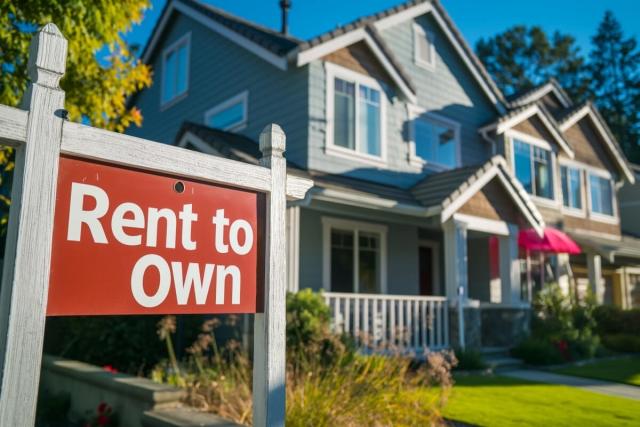

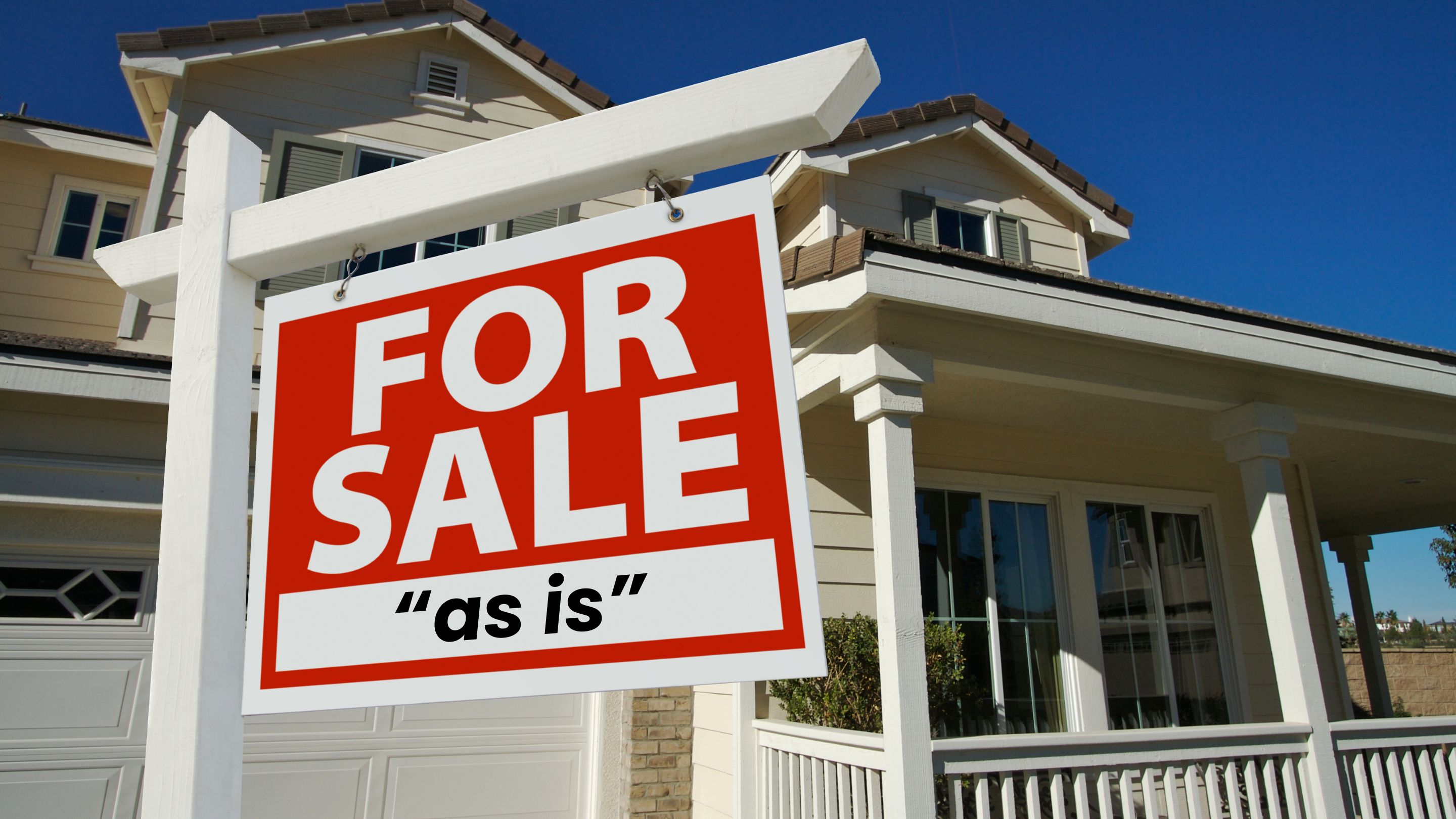
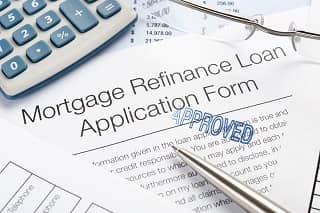




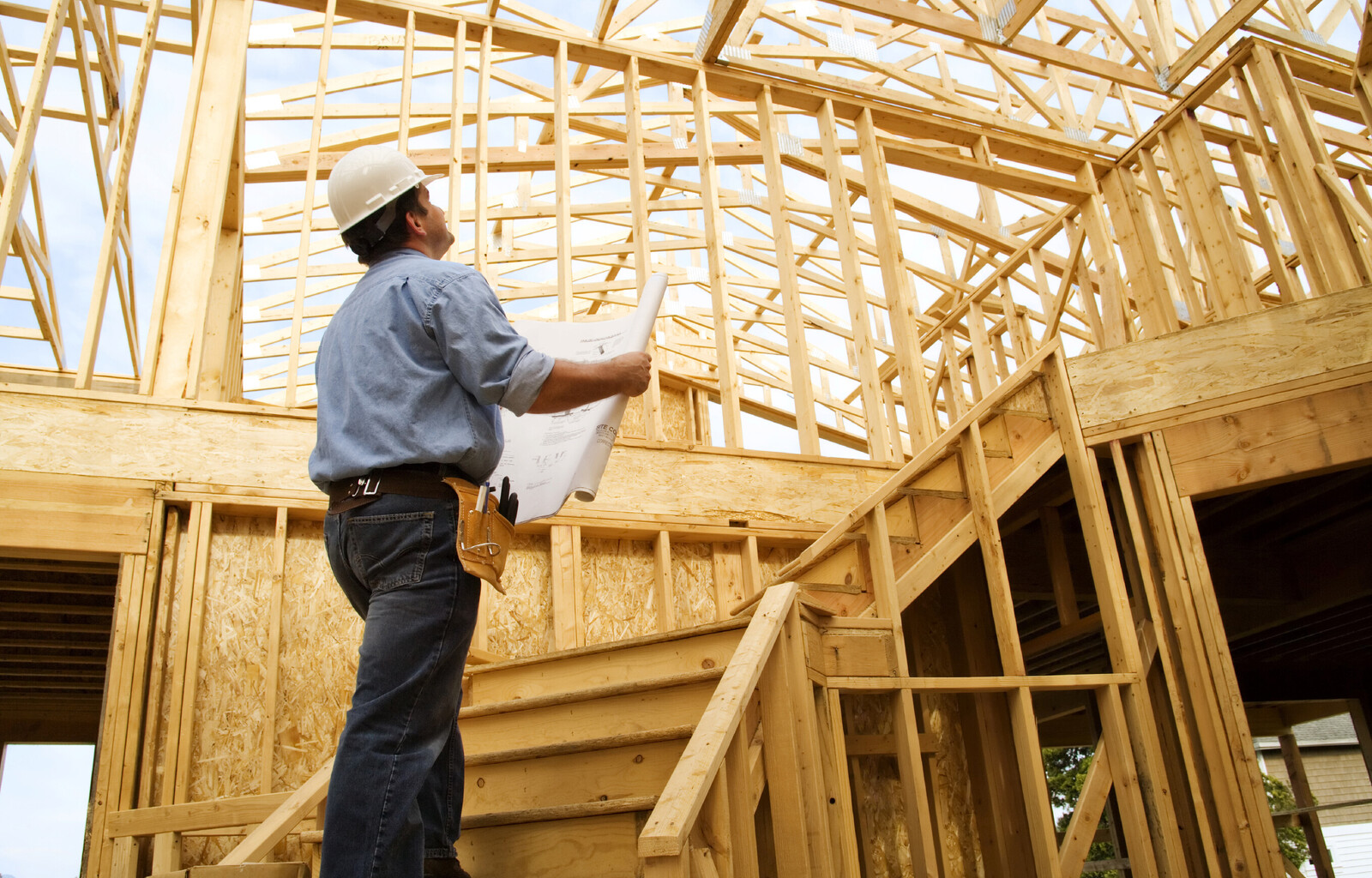

GET MORE INFORMATION

